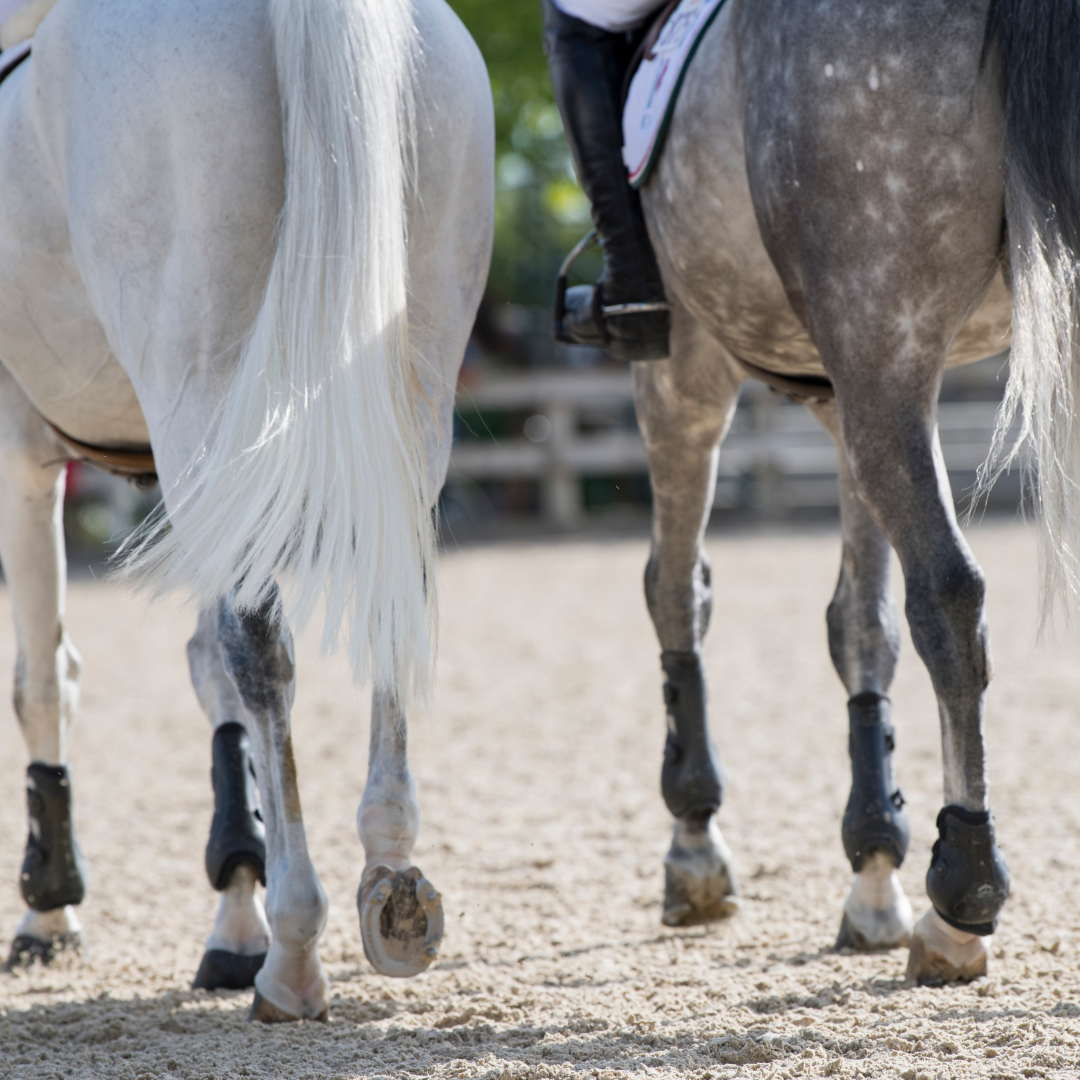There are so many different horse boots on the market that it can be difficult to know which ones are the right choice for your horse. The main things to consider are exactly the level of protection your horse requires, and the budget you have to play with.
Horse boots are designed to protect your horse’s legs from knocks and injuries whilst being ridden and turned out. They are used in pairs, fore and hind, and some people will use just one pair alone, depending on the activity they are taking part in. On rare occasions, you may use one single boot - this is usually when a pastern wrap or sausage boot is needed.
Horse boots can be made from a variety of materials including plastic, neoprene, leather and sheepskin, and can also come with a variety of fastenings too - mainly velcro, but also studs. Let’s take a further look at the different types of horse boots available.
Brushing Boots
These are your typical everyday boots that protect the lower part of your horse’s legs from damage caused by the opposite hoof brushing or knocking the leg. Brushing boots also protect the splint bone and can be used for training, flatwork, hacking and turning out. They are a great all-round boot that can be used on both the fore and hind legs. Brushing boots are usually made from a soft fabric (neoprene) that mould to the horse’s legs.
Tendon & Fetlock Boots
Tendon boots go on the horse’s front legs, and fetlock boots go on the horse’s hind legs. They are incredibly common on the showjumping circuit, as they provide a similar level of protection to brushing boots, but are open-fronted to allow the horse to feel when they knock a pole. Tendon and fetlock boots are often reinforced to protect against more serious strikes to the tendons and fetlocks, and are often highly ventilated to prevent the tendons from overheating.
Overreach Boots
Overreach boots fit around the horse’s hoof and heels in order to protect them from overreaching (stepping on their front hoof with their back hoof). Some horses are more predisposed to overreaching due to their natural action, but when moving at faster paces this can become really dangerous. Overreach boots are used for training, flatwork (not allowed in dressage competitions), hacking and turnout. They are usually made from rubber or neoprene, and can also have sheepskin rims to prevent rubs appearing around the pastern area.
Travel Boots
These offer a much larger area of protection from any impact during travelling and cover from both the knee down (front legs) and hock down (back legs). Travel boots are made from lightweight, but shockproof materials, and often have a tough outer shell. They have a soft inside layer for maximum comfort during travelling, and are secured safely with velcro straps on the outside of the legs.
Choosing The Right Size Horse Boot
The majority of horse boots come in small, medium and large sizes (sometimes referred to as pony, cob and full). In general, the height and breed of your horse will give you a good estimate of the right size boots to try on your horse. Many horse boot manufacturers do also provide size guides, so if you can measure the circumference of your horse’s legs this will give you a better estimate of the size you require.
Most thoroughbreds have thinner legs and tend to be fine in medium-sized boots, whereas your warmblood types may need large or even extra-large boots due to their chunkier bone structure.
Checking The Fit Of Your Horse’s Boots
As a rule of thumb, you should be able to slide one finger between the protective boot and your horse’s leg, and it should feel snug between the two. If there is too much room between the boot and your horse’s leg, this allows dirt, sand and mud to get trapped which can be incredibly uncomfortable. If the boots are too loose they can also slip down and cause the horse to trip over them.
You should also check the length of your horse’s boots too - you don’t want anything too long that comes up near the knee and impacts the natural movement. However, they do need to be long enough to cover the cannon bone and the inside of the fetlock.
We hope you have found this blog useful, feel free to have a browse through our range of horse boots.




